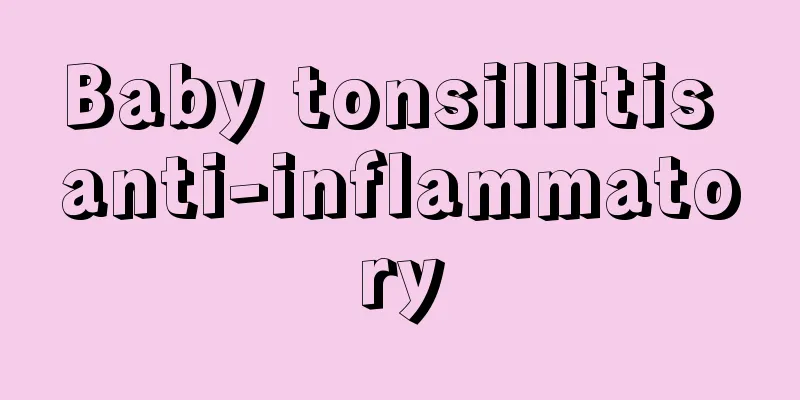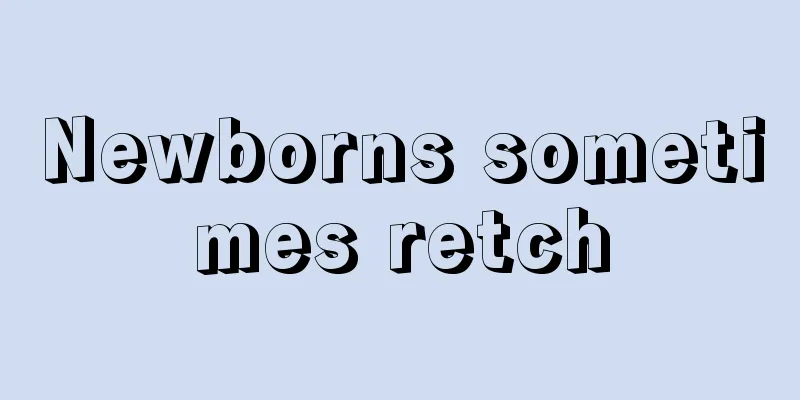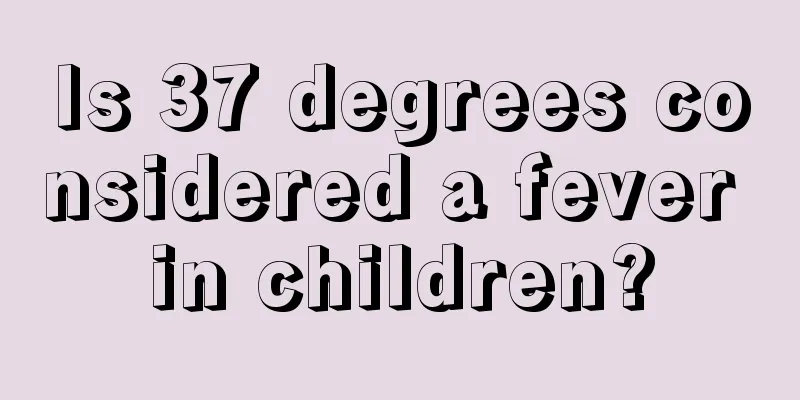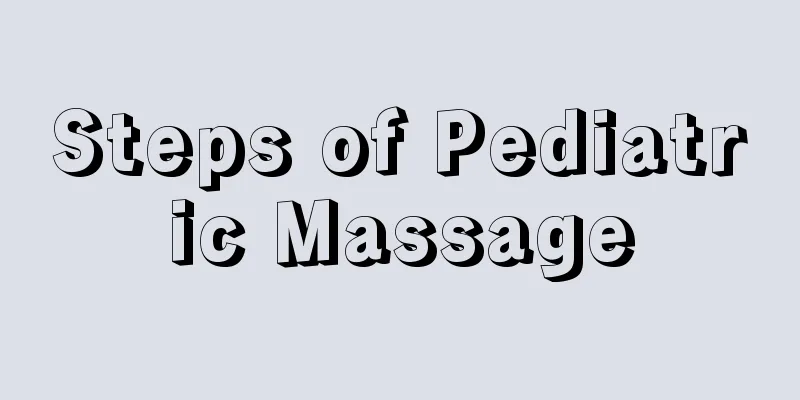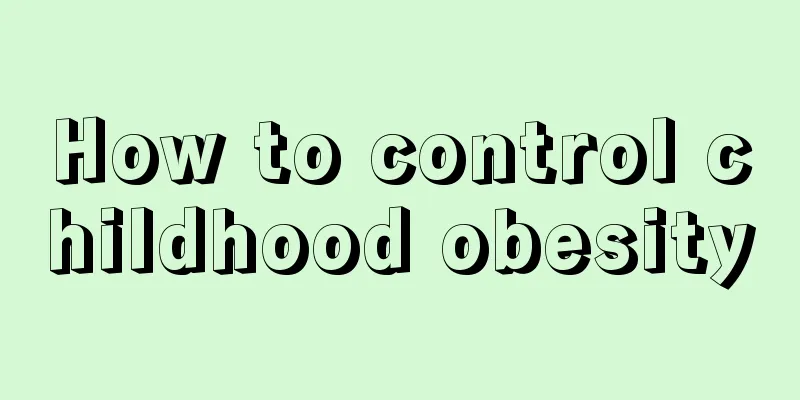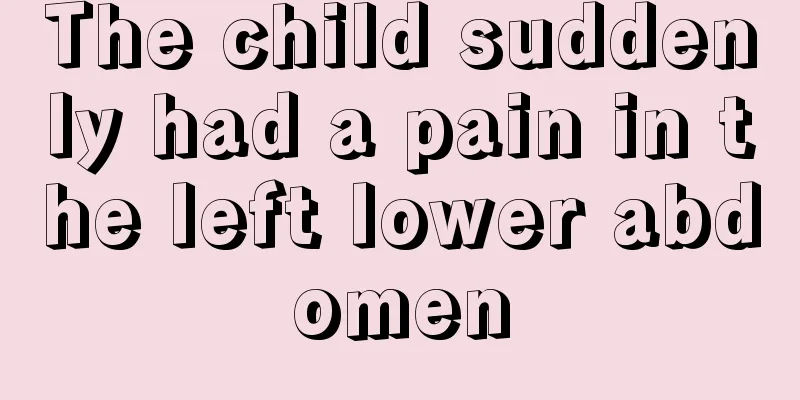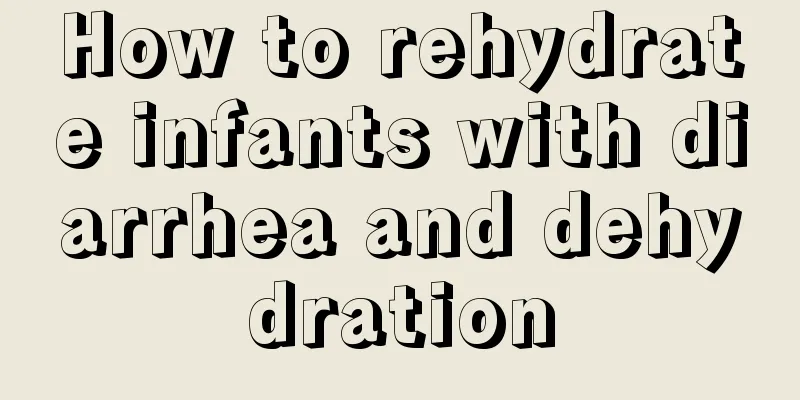Childhood spasms that cannot be ignored
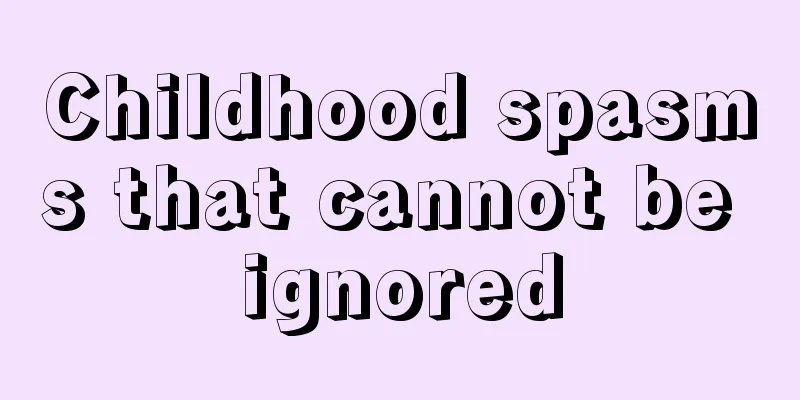
|
Spasm is the epilepsy disease that everyone is familiar with. Just hearing the name, you know the harmfulness of this disease. No one can ignore this disease. Children are the main group of people suffering from this disease. The condition of this disease is very complicated. Because this disease is a chronic disease, many patients cannot discover it in time when it occurs. For more knowledge, please read the article below: Childhood spasms that cannot be ignored Children's physiological characteristics are different from those of adults. For example, their nervous system functions are not yet fully developed, the inhibition of the cerebral cortex on the subcortex is still imperfect, the dynamic stereotype has not been firmly established, and the internal inhibition process is weakened. Therefore, children are prone to strong reactions to smaller stimuli, and are particularly sensitive to the influence of adverse external factors. Because of these neurological changes, childhood epilepsy differs from adult epilepsy in some ways. Benign partial epilepsy in children refers to an epilepsy syndrome that occurs in a specific developmental period of children, has characteristic clinical manifestations and electroencephalograms, is sensitive to anti-epileptic drug treatment or can spontaneously resolve, and has a good prognosis. It does not include febrile convulsions, generalized tonic-clonic seizures, typical absence seizures, and other occasional epilepsy. This disease mostly occurs in children aged 3-13 years old, more commonly in boys than in girls, and the incidence rate accounts for 15%-25% of epilepsy in school-age children. The clinical manifestations vary, some occur during sleep or just after waking up, and some are irregular. During an attack, one side of the face will be rigid or clonus, and there will be drooling. A few people have somatic sensory symptoms, such as paresthesias of the cheek, gums, tongue or lips, which occasionally extend to the face and upper limbs. The person is conscious but has pauses in speech. The attack lasts for a short time and the frequency gradually decreases. There were no long-term sequelae after the attack, no abnormalities in neurological examination, and normal intelligence. There are mainly the following types of benign partial epilepsy in children: benign partial epilepsy in children with central-temporal spikes; benign partial epilepsy in children with occipital discharges; benign lateralized epilepsy in children with bilateral 3-times/second spikes and slow waves; benign affective epilepsy in children; benign partial epilepsy with limb sensory evoked discharges; atypical benign partial epilepsy in children; benign epilepsy with evoked spikes in the occipital area. Through the introduction of the article, I believe that many people have a certain understanding of childhood spasms. The harm of this disease is very great, but there are still ways to treat it. In order to relieve the disease in time, patients must know the knowledge of the disease so that they can do a good job of symptomatic treatment. |
<<: How to solve the problem of blue veins on the bridge of the child's nose
>>: What to do if your baby cries during the day
Recommend
How much milk powder does a one-year-old baby drink every day?
After the baby is born, he or she gradually needs...
What to do if your baby coughs in spring
Spring is the most beautiful season. As the weath...
Treatment for pimples on baby's face
I believe every child will encounter the phenomen...
Do children need to have their decayed teeth filled?
It is very common for children to have cavities. ...
Can epiphyseal closure be self-tested?
Many parents hope that their children's heigh...
How to best treat rhinitis in children
Children's resistance is relatively weak, and...
Treatment of mumps in children
Mumps is not only a disease that adults are prone...
What causes abdominal pain and diarrhea in children?
Many parents seem at a loss when faced with some ...
What causes pain in the child's feet?
Pain in the soles of children's feet is mostl...
What is the treatment for allergic cough in children?
When a child shows symptoms of coughing, parents ...
What's wrong with a child who has convulsions while drinking milk?
Breastfeeding is the only way for babies to get f...
What are the symptoms of indigestion in children?
Indigestion is very common among children. Picky ...
What are the symptoms of hypoxia in children?
Nowadays, there are actually not as many children...
How to treat children's folliculitis
Children's folliculitis is caused by infectio...
What is the reason for foam in children's urine?
Many parents may still be worried when they see t...
